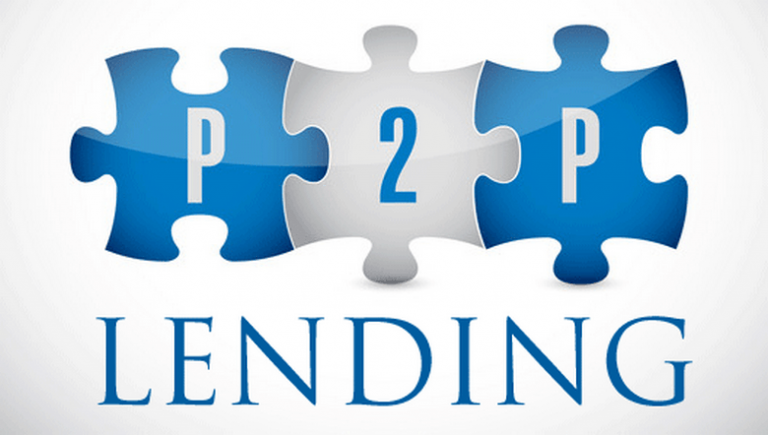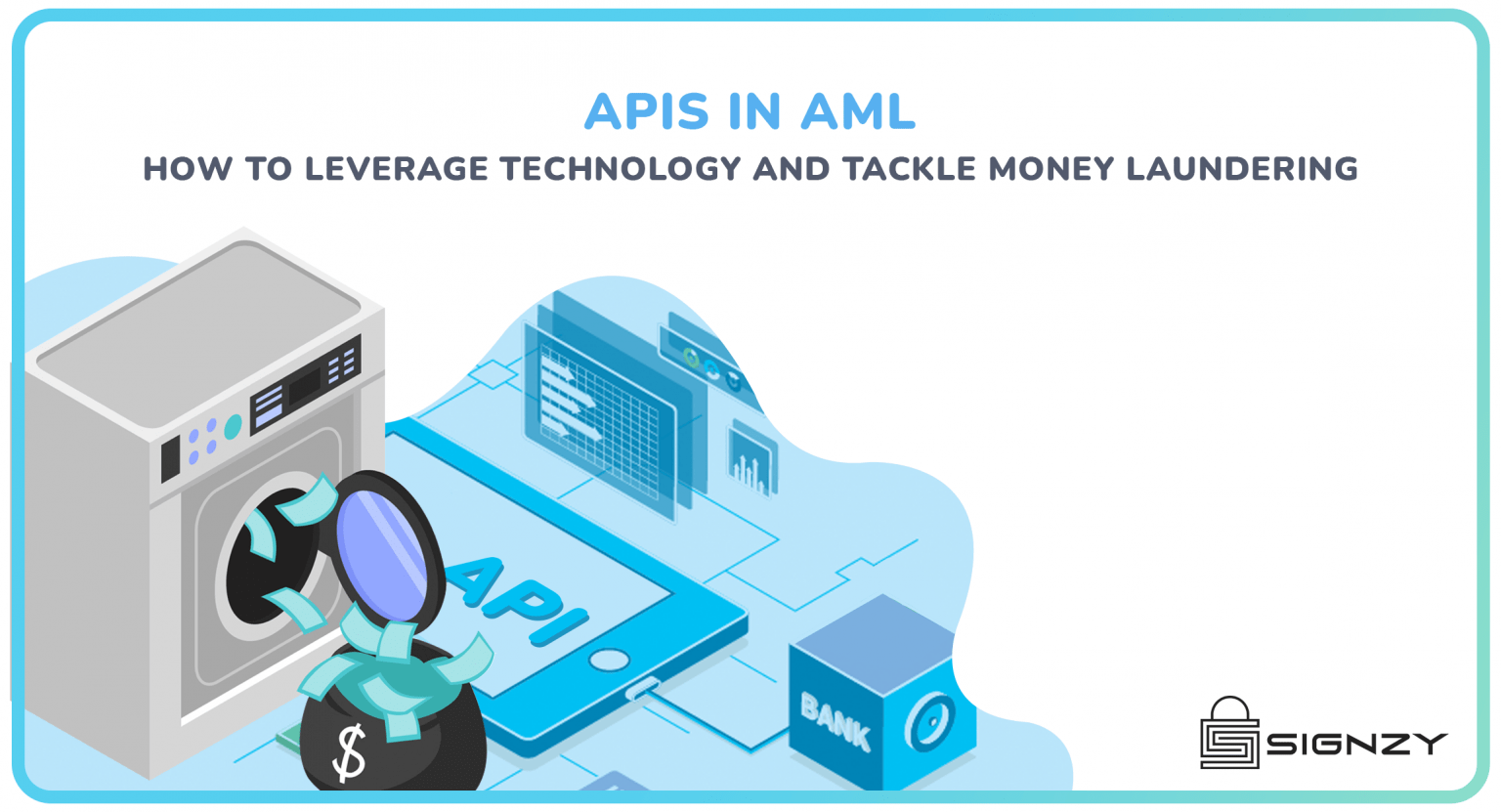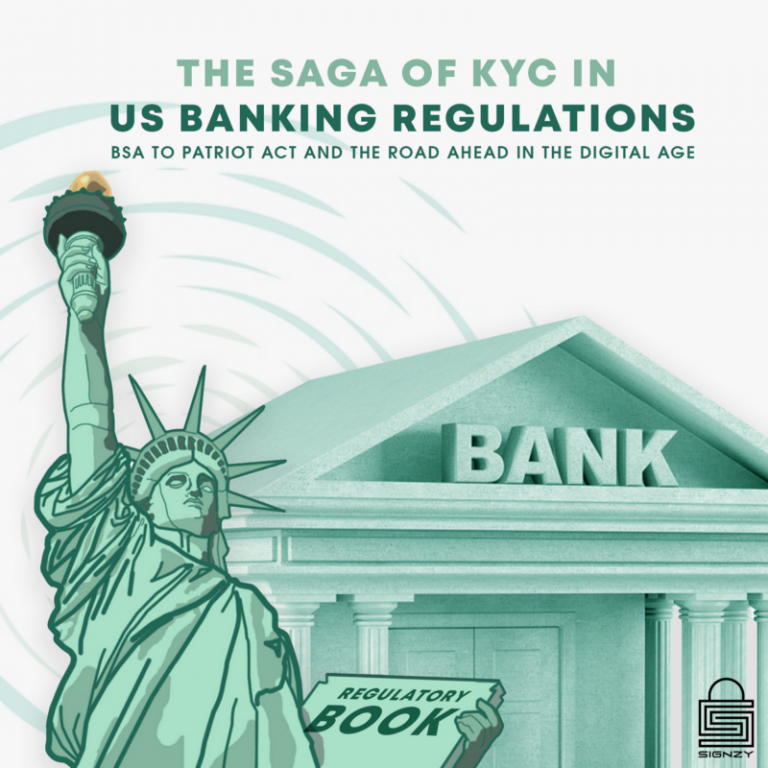Peer to Peer (P2P) lending is revolutionizing the financial landscape by offering an alternative platform for borrowing and lending money. By directly connecting borrowers with individual lenders, it bypasses traditional financial intermediaries like banks, leading to quicker, more transparent, and often more favorable loan terms. This model not only democratizes access to credit for many underserved segments but also presents an attractive investment opportunity for individuals seeking better returns than traditional savings vehicles. As the popularity and trust in P2P lending grow, it’s poised to reshape how consumers and investors perceive and engage with the credit market.
After Securities Exchange Board of India (SEBI) released its Discussion Paper on Crowdfunding, the Reserve Bank of India (RBI) also has decided to regulate the online lending and borrowing market. While it is easy to digest the thought and attempt made by SEBI through its discussion paper considering the involvement of “securities” and “public” in the whole process of crowdfunding, the same is not the case with RBI’s consultation paper (“the paper”). One fundamental point of difference between these two regulatory bodies is that SEBI comes into the picture whenever there is involvement of “securities” and “public” but RBI does not get involved in every activity when there is “money” and “transaction” involved because there are several other enactments which deal with other aspects of transactions which take place in money. One such activity is money lending which is a State subject and it is to be governed by the individual states, leaving RBI with no role to play.
Keeping that in mind, this article will further analyze how, at several instances, RBI is trying to regulate P2P lending platforms by exceeding its jurisdiction.
Nature of P2P Lending
Firstly, one needs to understand that P2P lending is not just something to do only with start-ups but is in fact a much bigger idea than that. Here the borrower can either be an individual or a legal person requiring a loan and hence this new area has the capability to satisfy temporary monetary needs of individuals as well.
Proposed Regulations
(i) Permitted Activity: The P2P Lending Platform will only act as a facilitator for borrower and lender. Various requirements need to be met by the platform, such as:
- Display of the amount of lending and borrowing on balance sheet.
- No ‘financial activity’ can be carried out on its own, and compliance to The Reserve Bank of India Act, 1934 is necessary.
- Assurances of any returns cannot be given/made.
- Information about suitability of a lender and creditworthiness, reliability of a borrower can be given on the platform.
- Advertisement will be regulated.
- The platform cannot take part in the financial transaction between lender and borrower and move through banking channels between the two.
- No cross-border transaction will be allowed.
(ii) Prudential Requirements: The prudential requirements will include a minimum capital of Rs 2 crore. Also, leverage ratio may be prescribed. There can also be a cap on the total investment by a Lender.
(iii) Governance Requirements: The management and operational personnel of the platform would need to be stationed within the country and a financial background of promoters and board needs to be thoroughly conducted.
(iv) Business Continuity Plan (BCP): There must be an arrangement like a ‘living will’ or alternative arrangement in the form of an agreement for continuation of its operations. The Platform must also contain risk management systems and a Business Continuity Plan. There should be a back-up for the data since the Platform acts as a custodian of cheques, agreements and other details.
(v) Customer Interface: Confidentiality of the customer data and data security would be the responsibility of the Platform. It will also need to provide to borrowers and lenders transparency, data confidentiality, minimum disclosures and proper grievance redress mechanism.
(vi) Reporting Requirements: Basic reporting requirements may be prescribed.
Dissecting the paper and analysing RBI Responsibility
1. Para 1.6 of the paper inter-alia states that:
“The platform provides the service of collecting loan repayments and doing preliminary assessment on the borrower’s creditworthiness.”
The question arises in a situation where both these functions i.e. of collecting loan repayments and doing preliminary assessment on the borrower’s creditworthiness are outsourced by the P2P platform as both of these activities though important are not core to the platform and not something that cannot be outsourced.
2. Para 1.6 of the paper further inter-alia states that:
“The fees go towards the cost of these services as well as the general business costs. The platforms do the credit scoring and make a profit from arrangement fees and not from the spread between lending and deposit rates as is the case with normal financial intermediation.”
Here RBI itself has made a fundamental classification of business activities undertaken by a financial intermediary and that of a P2P platform.
3. Para 5.4 of the paper which deals with the scope of RBI’s regulations also inter-alia state that:
“The notification can therefore specify that no entity other than a company can undertake this activity. This will render such services provided under any other organizational structure illegal. Alternatively, the other forms of structure may be regulated by the State Governments.”
RBI recognizes here that money lending activity is an activity which is not completely an unregulated space but can be regulated by the State Governments.
4. Para 4.3 of the paper which puts forth the arguments in support of regulating the activity is as follows:
- Considering the significance of the online industry and the impact which it can have on the traditional banking channels/NBFC sector.
“Impact on something that RBI regulates” cannot qualify as a reason for RBI to regulate something which it is not supposes to regulate. If this rationale were to be followed, RBI should also have power to regulate the securities market considering the situation that would have been in existence for the Banks & NBFCs had there not been any securities market and Stock Exchanges.
- If properly regulated, the P2P lending platforms can do this more effectively.
Making something more effective can only be done if the RBI is statutorily permitted to do so, and it is clear that is not the case.
5. For better understanding let us divide para 4.3. (iv) of the paper, because here RBI has tried to establish its jurisdiction.
a. Section 45S of RBI Act prohibits an individual or a firm or an unincorporated association of individuals from accepting deposits, if his or its business wholly or partly includes any of the activities specified in clause © of section 45-I (i.e. activities of a financial institution);
Attention must be paid to the fact that the providing platform for lenders and borrowers does not fall under the functions carried on by financial institutions.
b. if his or its principal business is that of receiving of deposits under any scheme or arrangement or in any other manner, or lending in any manner
It is important to note that there is no receiving of deposits done by the platform providers.
c. As per the Act, ‘‘deposit’’ includes and shall be deemed always to have included any receipt of money by way of deposit or loan or in any other form, but does not include any amount received from an individual or a firm or an association of individuals not being a body corporate, registered under any enactment relating to money lending which is for the time being in force in any State.
The RBI Act once again has recognized that the money lending activity is to be regulated at the state level.
d. Since the borrowers and lenders brought together by a P2P platform could fall within these prohibitions, absence of regulation may lead to perpetrating an illegality.
At the end RBI has also accepted that borrowers and lenders are the persons which come under the purview of the RBI and not the platform itself. However, going by this logic, RBI should have power to regulate the money lenders also under the Money Lenders enactments of states.
In this whole clause the justification given by RBI has only shown how remote this industry is from its ambit and has failed to substantiate a solid claim for regulation.
Regulatory Space- State Governments
RBI’s own paper expresses doubts over the legality of these regulations over P2P lending platforms in Para 5.4 of the Paper, as money lending through money lenders is a state subject any regulations over P2P may need a legislative backing. Currently, it seems that the two regulators SEBI and RBI are trying to draw boundaries between themselves over crowdfunding and P2P lending.
Conclusion:
The consultation paper in its present form if developed into any regulations may provide for an easier entry for the large NBFCs to set up a P2P platform which might create an entry barrier for the new players willing to enter into this space and eventually few of these NBFCs might grab up substantial part of the future market of P2P lending by availing the early bird benefit and undertaking aggressive marketing, which eventually leads to brand recognition.
Originally published at legalminimalist.org on January 26, 2017.
About Signzy
Signzy is a market-leading platform redefining the speed, accuracy, and experience of how financial institutions are onboarding customers and businesses – using the digital medium. The company’s award-winning no-code GO platform delivers seamless, end-to-end, and multi-channel onboarding journeys while offering customizable workflows. In addition, it gives these players access to an aggregated marketplace of 240+ bespoke APIs that can be easily added to any workflow with simple widgets.
Signzy is enabling ten million+ end customer and business onboarding every month at a success rate of 99% while reducing the speed to market from 6 months to 3-4 weeks. It works with over 240+ FIs globally, including the 4 largest banks in India, a Top 3 acquiring Bank in the US, and has a robust global partnership with Mastercard and Microsoft. The company’s product team is based out of Bengaluru and has a strong presence in Mumbai, New York, and Dubai.
Visit www.signzy.com for more information about us.
You can reach out to our team at reachout@signzy.com
Written By:

Signzy
Written by an insightful Signzian intent on learning and sharing knowledge.














